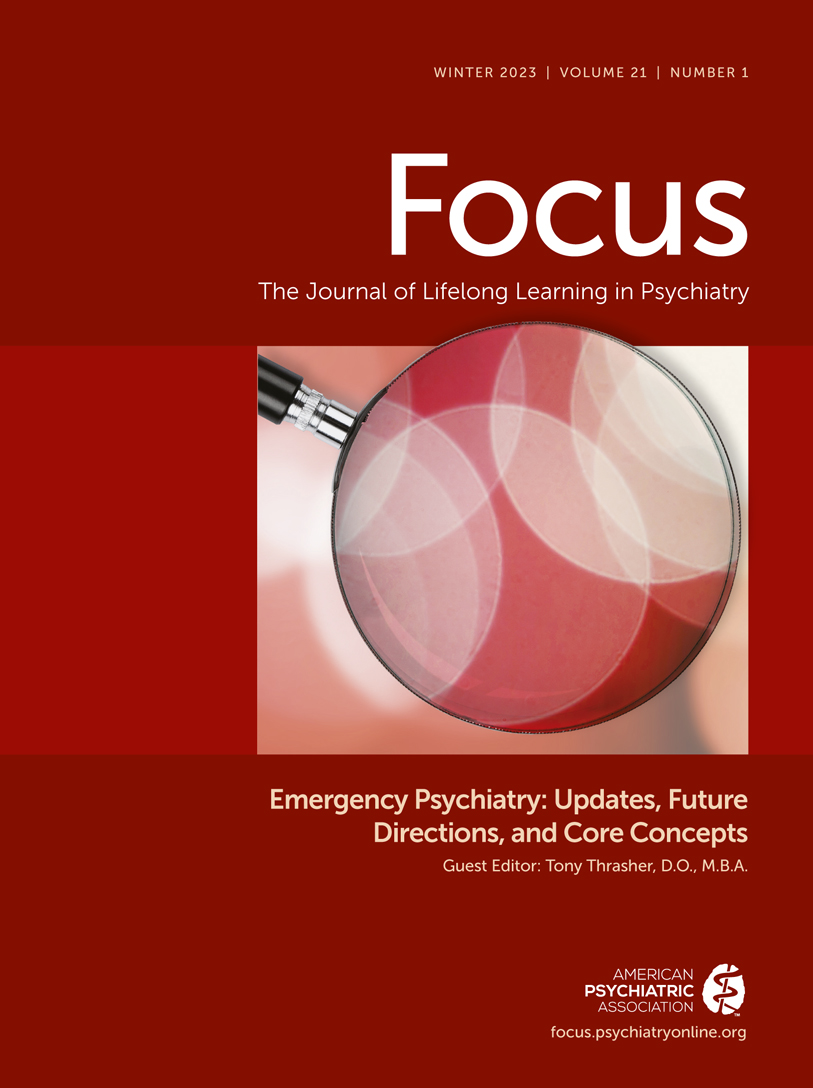Community-Based Crisis Services, Specialized Crisis Facilities, and Partnerships With Law Enforcement
Abstract
How a community responds to behavioral health emergencies is both a public health issue and a social justice issue. Individuals experiencing a behavioral health crisis often receive inadequate care in emergency departments, boarding for hours or days while awaiting treatment. Such crises also account for a quarter of police shootings and 2 million jail bookings per year, and racism and implicit bias magnify these problems for people of color. Fortunately, the new 988 mental health emergency number compounded with police reform movements have created momentum for building behavioral health crisis response systems that deliver comparable quality and consistency of care as we expect for medical emergencies. This paper provides an overview of the rapidly evolving landscape of crisis services. The authors discuss the role of law enforcement and various approaches to lessening the impact on individuals experiencing behavioral health emergencies, especially for historically marginalized populations. The authors provide an overview of the crisis continuum, including crisis hotlines, mobile teams, observation units, crisis residential programs, and peer wraparound services that can help ensure that linkage to aftercare is successful. The authors also highlight opportunities for psychiatric leadership, advocacy, and strategies for creating a well-coordinated crisis system that meets the needs of the community.



